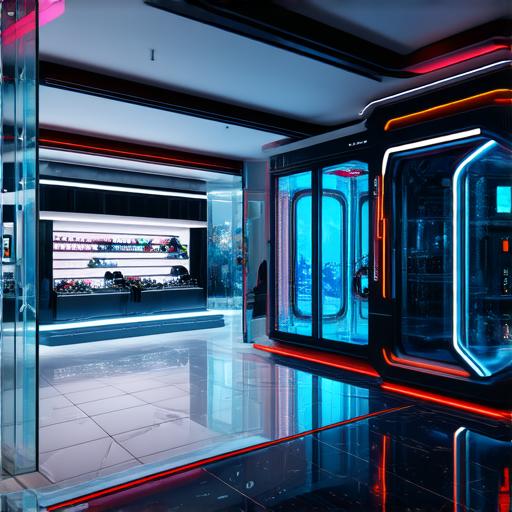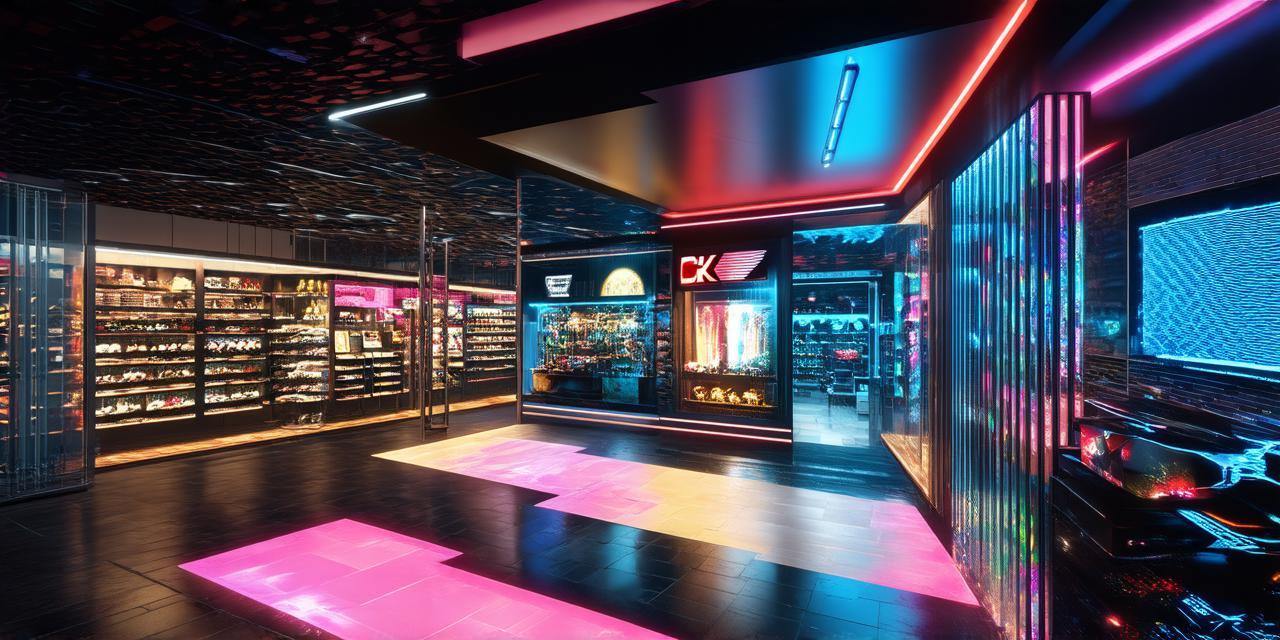As virtual worlds continue to evolve, many businesses are considering expanding their operations into the metaverse. For those looking to enter this new digital frontier, constructing a retail space can be a daunting task. However, with the right approach and guidance, building a successful retail space in the metaverse is possible.
Step 1: Choose Your Platform
The first step in creating a retail space in the metaverse is selecting the platform on which to build your store. There are many platforms available, each with its own unique features and capabilities. Some popular options include Decentraland, Somnium Space, and VRChat. When choosing a platform, consider factors such as user base, ease of use, and customization options.
Step 2: Determine Your Target Audience
Once you have selected your platform, the next step is to determine your target audience. This will help you tailor your retail space to their needs and preferences. Consider factors such as age range, interests, and purchasing habits when defining your target audience.
Step 3: Design Your Retail Space
With your target audience and platform in mind, it’s time to design your retail space. This involves creating a virtual environment that is both engaging and easy to navigate. Consider using elements such as lighting, sound, and interactive features to create an immersive experience for your customers.
Step 4: Populate Your Retail Space
Once your retail space is designed, it’s time to populate it with products and content. This can include physical products that can be purchased within the metaverse or digital content such as artwork, music, and videos. Be sure to organize your products in a way that makes them easy to find and purchase.
Step 5: Promote Your Retail Space
Promoting your retail space is crucial for attracting customers and driving sales. Consider using social media, influencer marketing, and targeted advertising to reach your target audience. Additionally, partnering with other businesses in the metaverse can help increase visibility and drive traffic to your store.
Step 6: Measure and Optimize Your Retail Space
Finally, it’s important to regularly measure and optimize your retail space to ensure success. This can involve tracking metrics such as sales, user engagement, and customer feedback. Use this information to make adjustments and improvements to your retail space as needed.
Real-Life Examples of Successful Retail Spaces in the Metaverse
To illustrate the potential of retail spaces in the metaverse, let’s take a look at some real-life examples of successful businesses that have already entered this digital frontier.
1. Gucci
In 2018, Italian luxury brand Gucci launched its first virtual store in Decentraland, a popular platform for virtual experiences and gaming. The store allowed users to purchase physical products from the Gucci collection and also offered exclusive digital items that could only be found within the metaverse. The store was a huge success, with over 10,000 visitors during its first week of operation.
2. Nike

Nike also entered the metaverse in 2018, launching a virtual store on VRChat. The store offered users the opportunity to purchase physical products from the Nike collection and also allowed them to customize their own virtual sneakers. The store was so popular that it had to be temporarily closed due to overwhelming demand.
3. Louis Vuitton
In 2019, luxury brand Louis Vuitton launched its first virtual store in Decentraland. The store allowed users to purchase physical products from the Louis Vuitton collection and also offered exclusive digital items such as virtual handbags and jewelry. The store was a huge success, with over 45,000 visitors during its first week of operation.
